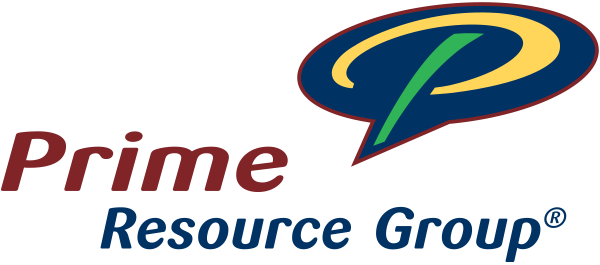Featured in The Debate Room, on Business Week Online
Needs-Based Innovation Reigns
Companies should adopt an innovation process based on customer needs rather than coming up with "big" ideas and then testing them out
Pro: Innovation Is a Predictable Process
by Tony Ulwick, Strategyn
After working on the IBM engineering team for the failed PCjr, I realized there must be a better way to guarantee a product or service’s success at launch. What I have found during the past 20 years of study and research is that most companies lack a disciplined, predictable business process for listening to customer needs and turning them into true innovation.
Where most companies fail is in their thinking that innovation starts with an idea, when the reality is that only one in 14 million ideas is right the first time. Companies go through numerous product concept iterations to try and get it right, and the success rate using this approach is less than 20% and requires way too much time. Take Dyson, for example. The company went through 5,000 iterations for a vacuum before it was brought to market as you see it today. Imagine what Dyson could have accomplished if its innovation team had known on the first version of the product what it did on the 5,000th.
Just as doctors need to know the symptoms of their patients before they can make a diagnosis, companies need to know the needs of their customers before they can develop the right solution. Fortunately, there is a way for companies to know what those customer needs are before they develop the idea—resulting in success rates upwards of 80%.
In this era of economic turmoil, the risks are even bigger. Companies can no longer rely on randomly generating ideas in hopes of finding the next big idea. Instead, companies should start with a clear understanding of the needs they are trying to fill; then they can develop the right, innovative solution to meet the customers’ needs.
Con: Determining the Right Value Matters More
by Jeff Thull, Prime Resource Group
Starting with the customer’s need sounds like a smart idea, but who defines the need? The voice of the customer can be dangerously flawed and the voice of the internal engineer with the next big idea can be even more errant. That’s why innovators need to come up with ideas first, then assess the net value impact they will have on the customer’s business and life.
What is needed is an accurate process to measure the true value of the big idea in order to see if it can demonstrate enough value to be the right idea. We need to consider where the new product or service fits within a value network. We need to think beyond the value chain. Think of the iPhone and iPad innovations: What are all the points of value, and who is really affected and to what level? The members of the value network include Apple, AT&T, application developers, business subjects of the apps, and the media. Steve Jobs envisioned a broader value network for open innovation, one where his platforms would coalesce the best energies of hundreds of thousands of developers and customers seeking new experiences. He knew the real key to turning the big idea into the right idea was to create value across the broader network.
It’s more than recognizing a customer need. The big idea, and ultimately the right idea, will recognize the network of needs and begin by assessing the value impact it can, and hopefully will, have on all members of the value network and the ultimate customers.
Opinions and conclusions expressed in the Bloomberg BusinessWeek Debate Room do not necessarily reflect the views of Bloomberg BusinessWeek, BusinessWeek.com, Bloomberg LP, or PRG, Inc.

